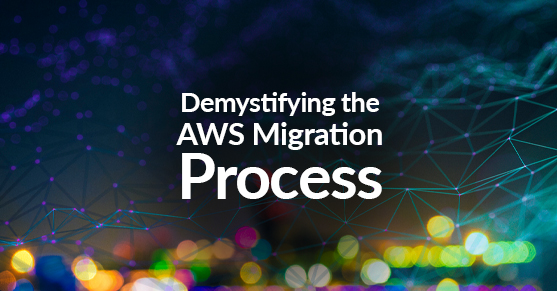The shift towards cloud computing has become more than just a trend. It’s now a vital component of modern business strategies. Among various cloud platforms, Amazon Web Services (AWS) stands out as a top choice for businesses looking to migrate their operations to the cloud. The reasons are clear: AWS offers scalability, flexibility, and a multitude of services that make it a robust solution for businesses of all sizes. However, the migration process can seem daunting. This blog post aims to demystify the AWS migration process and provide practical tips for a smooth transition.
Understand Your Business Needs
Before you begin your journey toward AWS migration, it’s essential to understand your business needs thoroughly. Identify the key drivers behind your decision to migrate. Are you looking to cut down on infrastructure costs? Do you need to scale your operations? Or perhaps you’re seeking better disaster recovery solutions. Understanding these objectives will help guide your migration strategy and ensure you choose the right AWS services to meet your needs.
Plan Your Migration Strategy
AWS recommends six strategies for migration, commonly known as the 6 R’s: Rehosting, Replatforming, Repurchasing, Refactoring, Retiring, and Retaining. Each strategy has its advantages, depending on your business needs and the type of applications you’re migrating. For instance, rehosting (also known as “lift-and-shift”) involves moving applications to AWS without changes, which may be quicker but might not take full advantage of cloud-native features. On the other hand, refactoring involves re-architecting your application to leverage cloud-native features, which might be more time-consuming but could offer better performance and cost optimization in the long run.
Choose the Right Tools
AWS provides various tools to assist with the migration process. Services like AWS Migration Hub offer a single location to track migration progress, while AWS Application Discovery Service collects data about your on-premises data centers to help plan your migration. AWS Database Migration Service helps migrate databases easily and securely. Choosing the right combination of tools can streamline your migration process and reduce potential hiccups along the way.
Prepare for The Migration
Proper preparation is crucial to ensure a smooth migration. This includes training your team on AWS services, setting up your AWS environment, and securing your AWS account. It’s also important to perform an audit of your current applications and data to identify any potential issues that might arise during migration.
Execute the Migration
Once you’ve planned your migration strategy and prepared your environment, you’re ready to start migrating. Start with a small, non-critical application to test your migration process and troubleshoot any issues. Once you’re confident in your process, you can begin migrating larger, more critical applications.
Optimize After Migration
Migration doesn’t end once your applications are running on AWS. It’s important to continually optimize your operations to take full advantage of what AWS has to offer. This could include cost optimization (making sure you’re not overpaying for resources), performance optimization (ensuring your applications are running efficiently), and security optimization (making sure your data is secure).
Conclusion
Migrating to AWS can provide significant benefits to your business, but it’s not a process to be taken lightly. It requires careful planning, preparation, execution, and optimization. However, by understanding your business needs, choosing the right migration strategy and tools, preparing your team and environment, and optimizing after migration, you can ensure a successful transition to AWS. Remember, AWS has a vast array of resources and support to help you along your migration journey. Take advantage of these resources, and don’t be afraid to seek out help when you need it. With the right approach, you can demystify the AWS migration process and pave the way for your business’s success in the cloud.
For any questions about AWS migration, or our AWS Cloud Services, please contact us!

